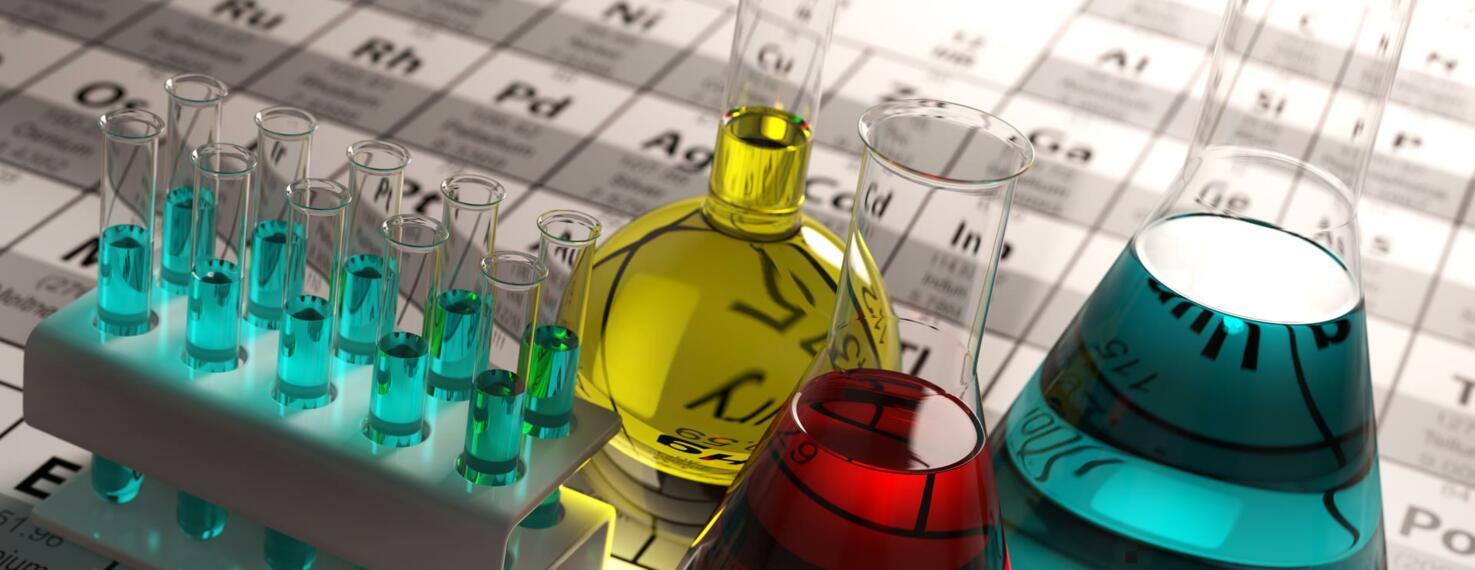
Chemische bestendigheid
Indien oplossingen voor wielen bij gebruik in contact komen met agressieve middelen, dan moet bij de keuze voor producten rekening worden gehouden met de chemische bestendigheid.
Analyse van de chemische bestendigheid
Indien Rollen und wielen bij gebruik in contact komen met agressieve middelen, dan moet bij de keuze voor producten rekening worden gehouden met de chemische bestendigheid. Hoe nauwkeuriger bekend is onder welke omgevingsomstandigheden de wielen worden gebruikt, des te beter de keuze hierop kan worden aangepast. Hierdoor kan voortijdige uitval van het wiel door corrosie, oppervlakveranderingen, verlies aan sterkte, brosheid of verlies van smeermiddelen worden voorkomen. Zorgvuldige afstemming van alle componenten garandeert een maximale levensduur.
Belangrijke factoren van chemische bestendigheid
Ten eerste moet gecontroleerd worden welke chemische stoffen en omgevingsinvloeden ter plaatse aanwezig zijn. Belangrijk: De reactie van het materiaal is afhankelijk van meerdere factoren, bijvoorbeeld de contacttijd en de concentratie van de schadelijke stoffen, zoals luchtvochtigheid en temperatuur. Men maakt onderscheid tussen chemisch bestendig, beperkt chemisch bestendig en chemisch onbestendig materiaal. Een goede chemische bestendigheid hebben roestvrij stalen platen, kunststof en thermoplastisch rubber.
De tabel geeft een overzicht van de chemische bestendigheid van onze materialen ten opzichte van diverse agressieve middelen. De in de tabel genoemde waarden zijn alleen een richtlijn en zijn niet van toepassing op mengsels van chemicaliën. Neem in bijzondere gevallen contact met ons - wij geven u graag een gedetailleerd advies!
